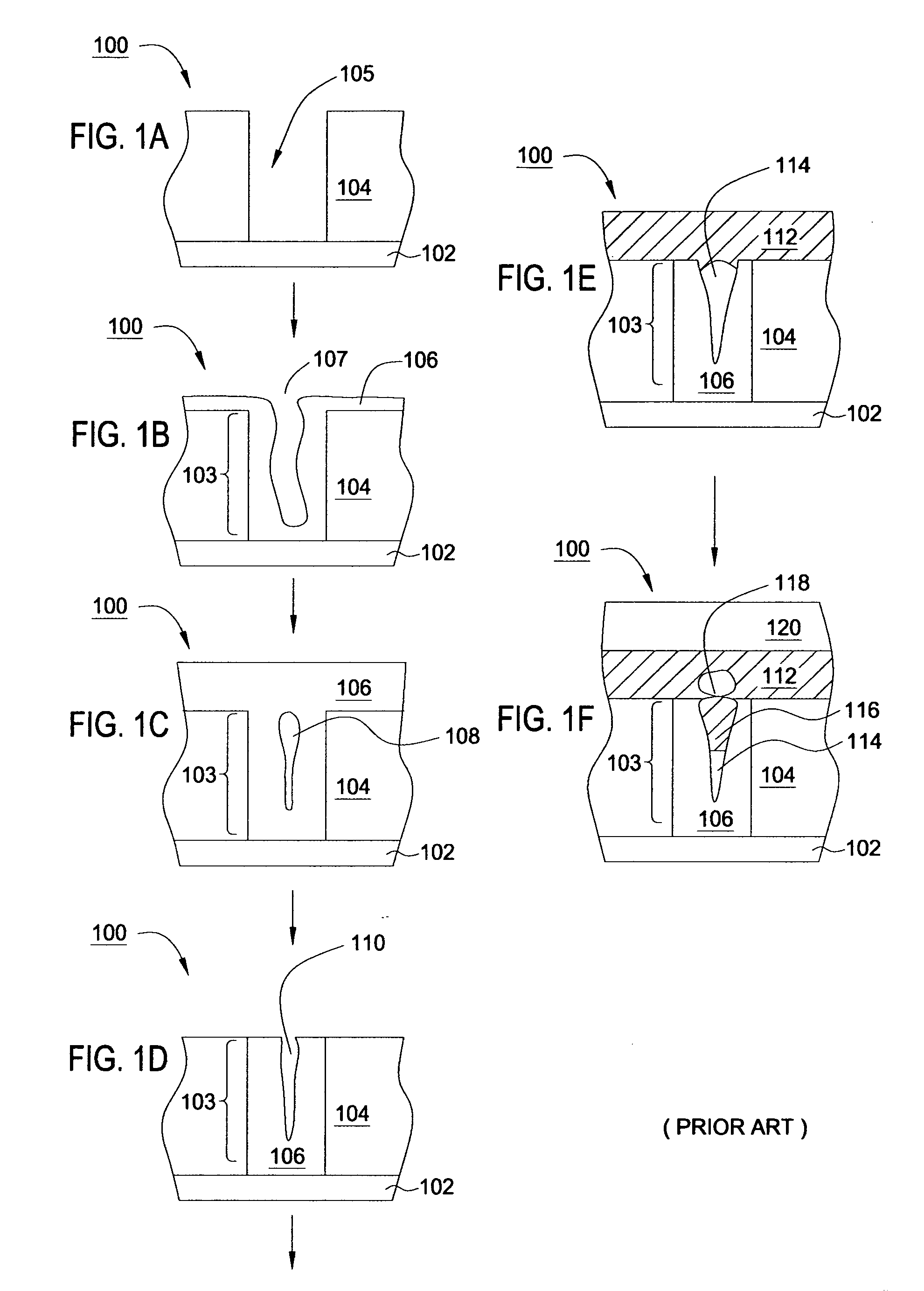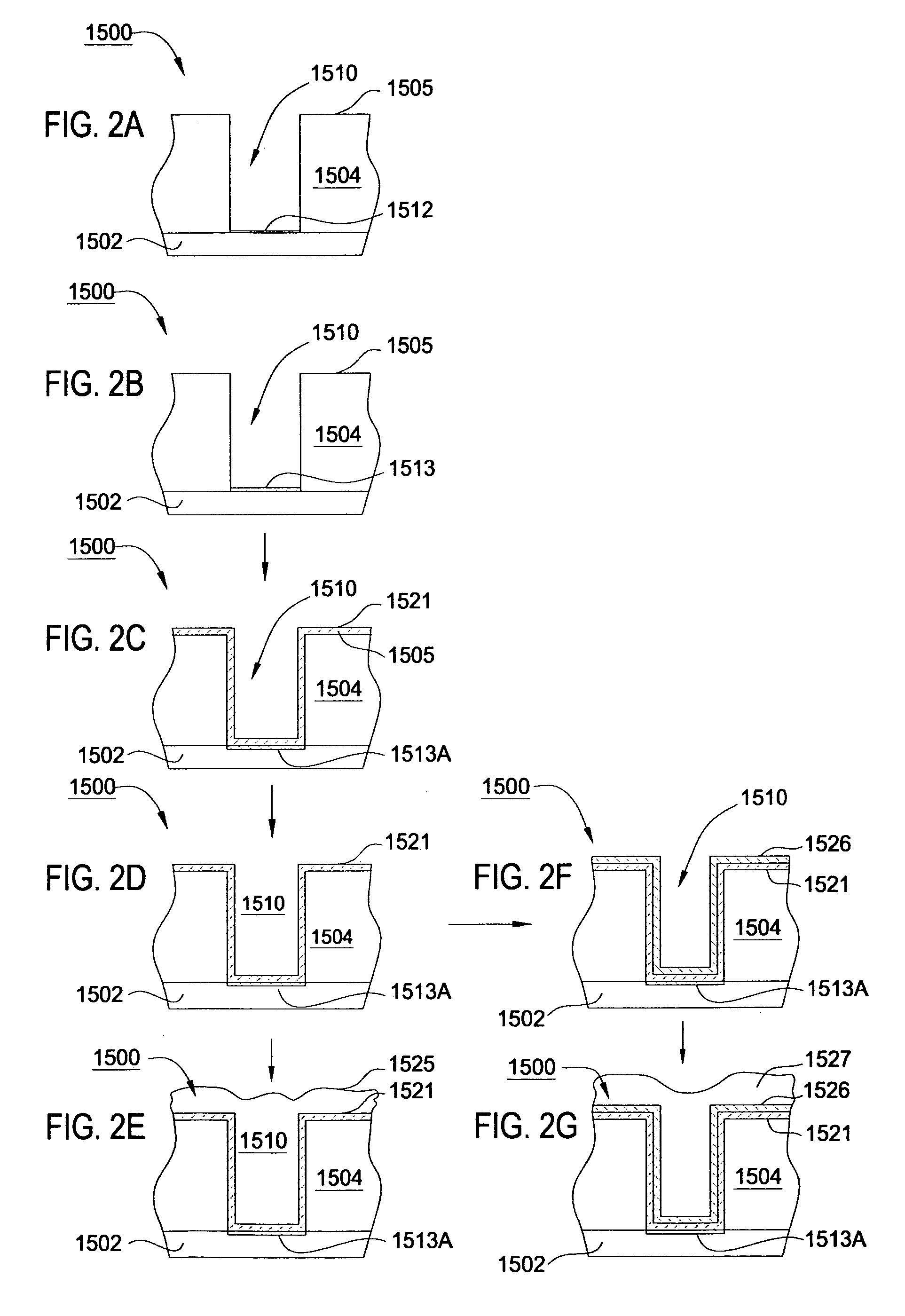Contact metallization scheme using a barrier layer over a silicide layer
a technology of contact metallization and barrier layer, which is applied in the direction of resistive material coating, chemical vapor deposition coating, solid-state device, etc., can solve the problems of displacement of voids from one layer to the next, large amount of ongoing effort being directed, and the vapor deposition process for tungsten depositing suffers from void or seam type defect creation within the contact plug
- Summary
- Abstract
- Description
- Claims
- Application Information
AI Technical Summary
Benefits of technology
Problems solved by technology
Method used
Image
Examples
Embodiment Construction
[0025] Embodiments of the invention generally provide methods of filling contact level features formed in a semiconductor device by depositing a barrier layer over the contact feature and then filing the layer using an PVD, CVD, ALD, electrochemical plating process (ECP) and / or electroless deposition processes. The term “barrier layer” as used herein is generally intended describe a single layer, or two or more layers, that act as an adhesion layer and a diffusion barrier for the subsequently deposited metal layer(s). In one embodiment, the barrier layer has a catalytically active surface that will allow the electroless deposition of a metal on the barrier layer. In one aspect, the electrolessly deposited metal is copper or a copper alloy. Copper alloys may be useful to improve the device speed and performance, help prevent electromigration or stress migration degradation during subsequent processing, improve the manufacturing device yield and device lifetime due to electromigration...
PUM
| Property | Measurement | Unit |
|---|---|---|
| thickness | aaaaa | aaaaa |
| thickness | aaaaa | aaaaa |
| thickness | aaaaa | aaaaa |
Abstract
Description
Claims
Application Information
 Login to View More
Login to View More - R&D
- Intellectual Property
- Life Sciences
- Materials
- Tech Scout
- Unparalleled Data Quality
- Higher Quality Content
- 60% Fewer Hallucinations
Browse by: Latest US Patents, China's latest patents, Technical Efficacy Thesaurus, Application Domain, Technology Topic, Popular Technical Reports.
© 2025 PatSnap. All rights reserved.Legal|Privacy policy|Modern Slavery Act Transparency Statement|Sitemap|About US| Contact US: help@patsnap.com



